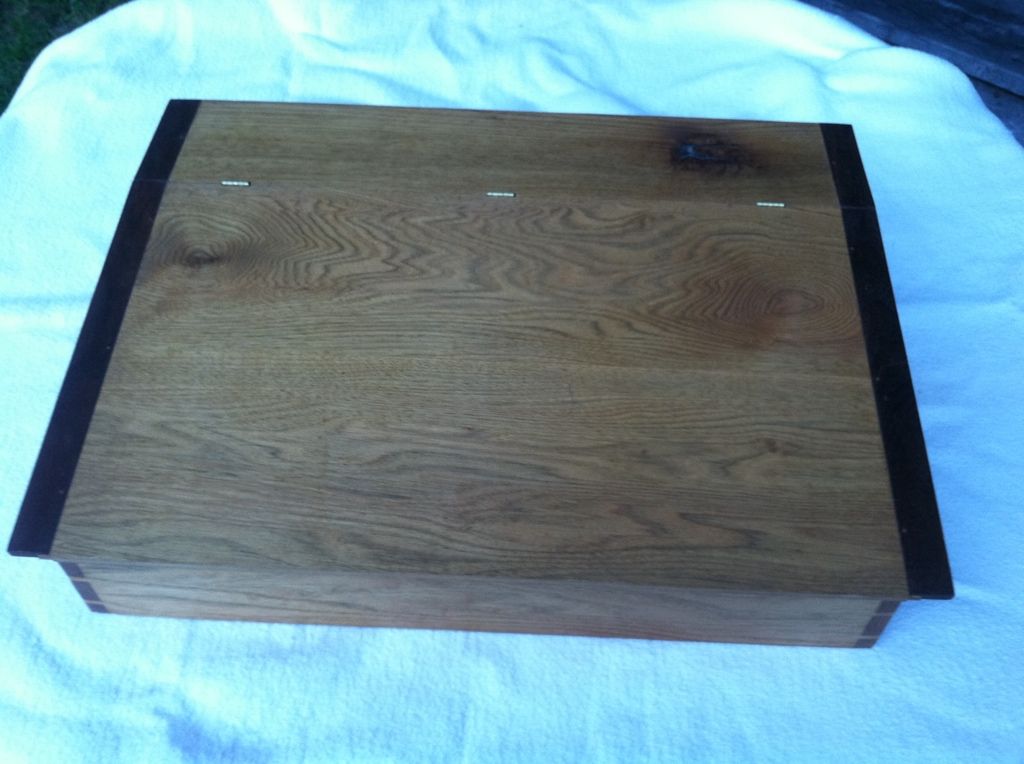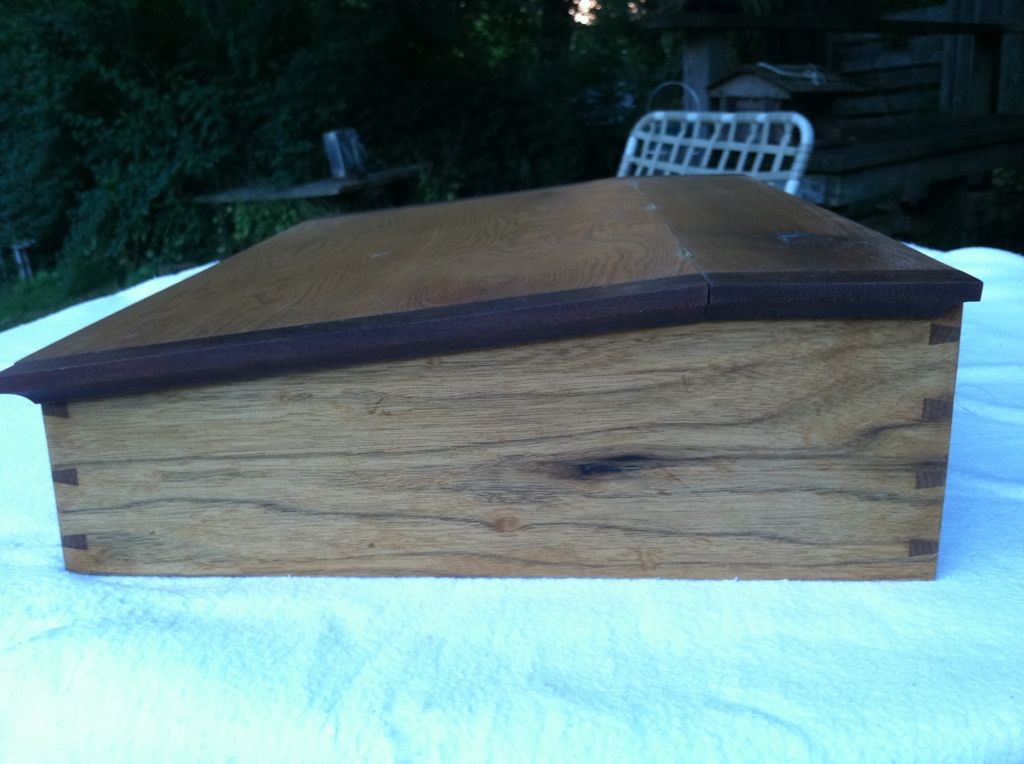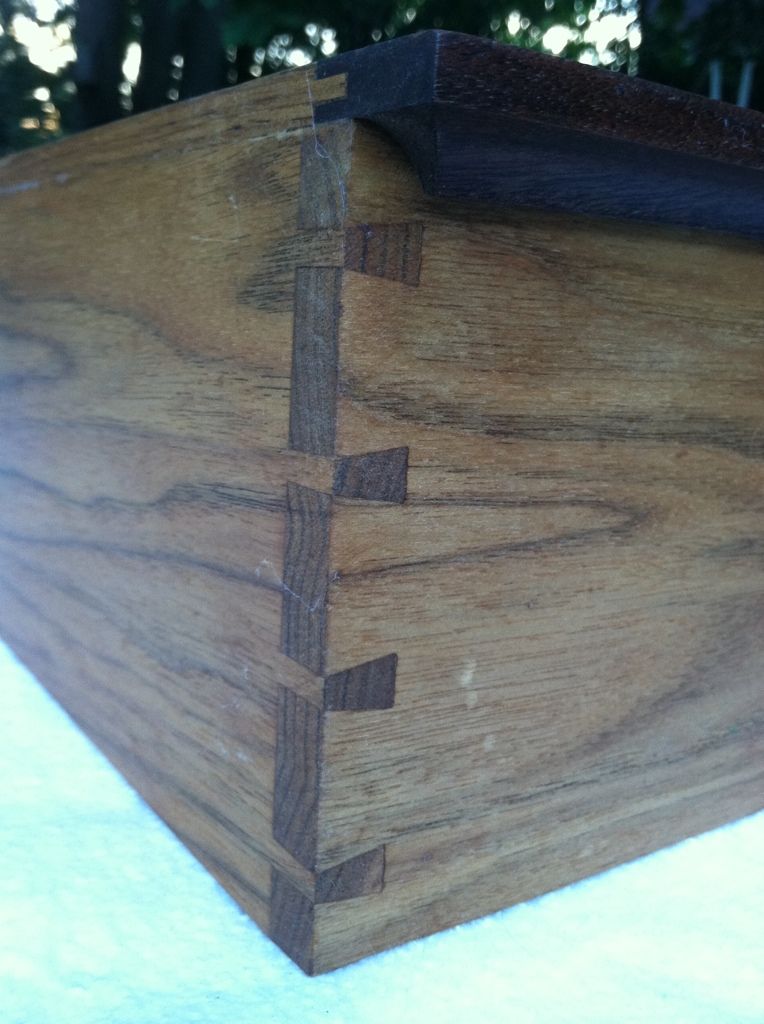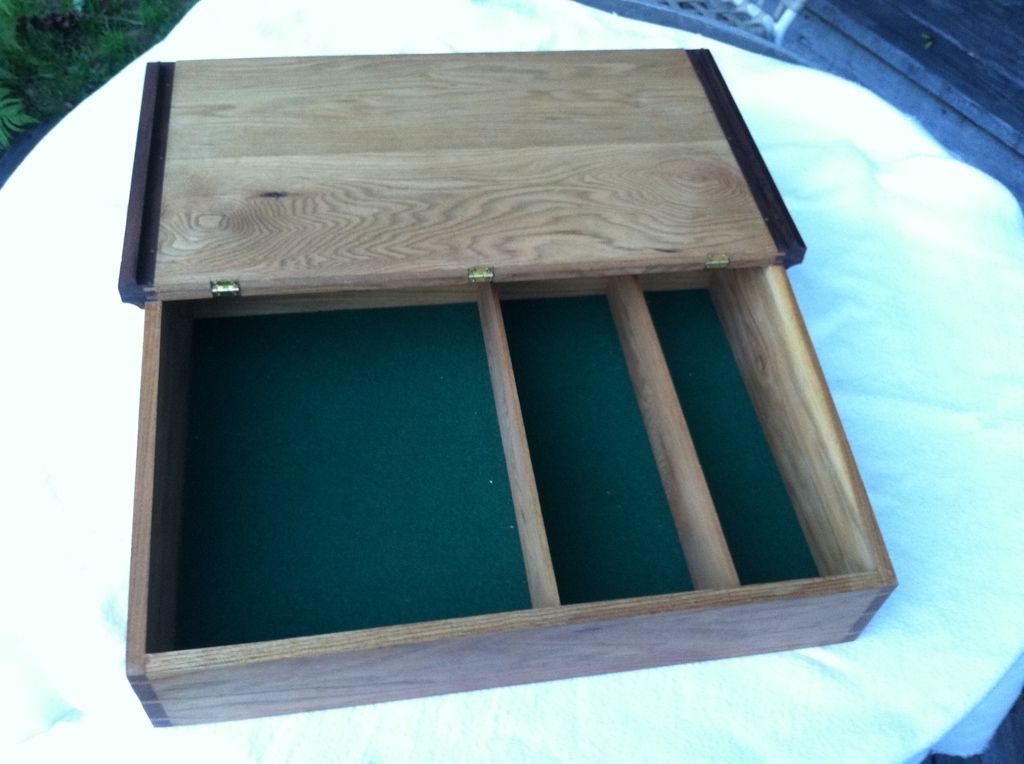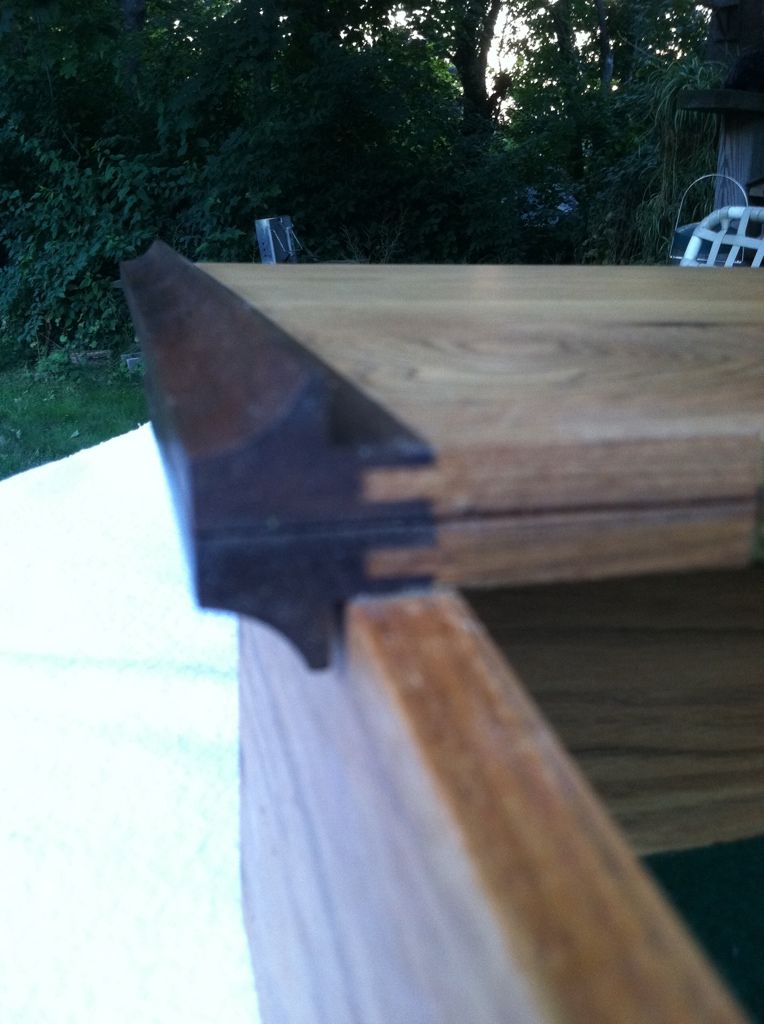
Originally Posted by
Harold Burrell

Wow...it is rather hard for me to imagine a world without pine.

Perhaps I slightly misspoke, Harold - out here on the left coast, eastern white pine is durn near impossible to get (reasonably). What pine is here is often fast-growth sugar pine, which doesn't make for such nice projects. When I was living out east, I had much easier access to nice pine lumber, and I miss that.
daniel
Not all chemicals are bad. Without hydrogen or oxygen, for example, there would be no way to make water, a vital ingredient in beer.







 Reply With Quote
Reply With Quote